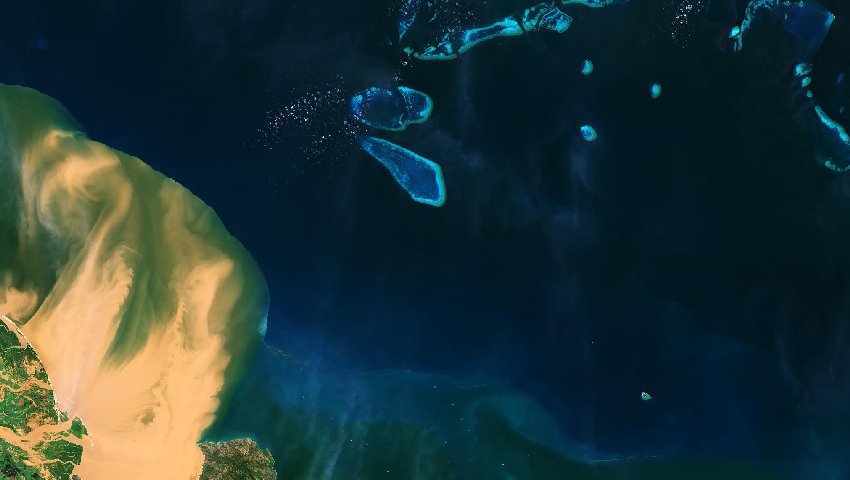
Considering the oceans are ever moving, determining overall sea level change isn’t simple, and the current state of knowledge indicates a rise of 3.4 millimetres over the past three decades.
Continuing this work will be the joint US-European Sentinel-6/Jason Continuity of Service mission (Jason-CS), which launches in November. S6 continues the longest-running Earth observation mission dedicated to studying ocean levels.
S6 follows a series of satellites. The original TOPEX/Poseidon mission, a joint venture between NASA and French space agency CNES, was launched in 1992, the first major oceanographic research satellite.
That was followed by Jason-1, Jason-2 and Jason-3.
S6 will employ two identical satellites – Sentinel-6A and 6B – to continue work studying changes in ocean circulation, climate variability such as El Niño and La Niña, and weather patterns, including hurricanes and storms, in addition to rising oceans.
Sentintal-6A launches from the US in November and Sentinel 6-B in 2025.
Josh Willis, mission project scientist at the NASA Jet Propulsion Laboratory, said the global sea level was the most complete measure of how humans were changing the climate.
“If you think about it, global sea level rise means that 70 per cent of the Earth’s surface is getting taller – 70 per cent of the planet is changing its shape and growing. So, it’s the whole planet changing. That’s what we’re really measuring,” he said.
The satellite will orbit 1,300 kilometres above the Earth surface, transmitting pulses and measuring how long the reflection takes to return.
That assesses how much water vapor is present along the signal path. S6 will use also use GPS and ground-based lasers to determine its precise position, along with a network known as the Doppler Orbitography and Radiopositioning Integrated by Satellite, or DORIS.
This will measure ocean height to an accuracy of about 25 millimetres. Data will be gathered every 10 days, providing insights into large ocean features like El Niño events.
Unlike earlier satellites, S6 will also provide data on smaller ocean features such as complex currents.
“Global sea level rise is one of the most expensive and disruptive impacts of climate change that there is. In our lifetimes, we’re not going to see global sea level fall by a meaningful amount,” Willis said.
“We’re literally charting how much sea level rise we’re going to have to deal with for the next several generations.”
Receive the latest developments and updates on Australia’s space industry direct to your inbox. Subscribe today to Space Connect here.












